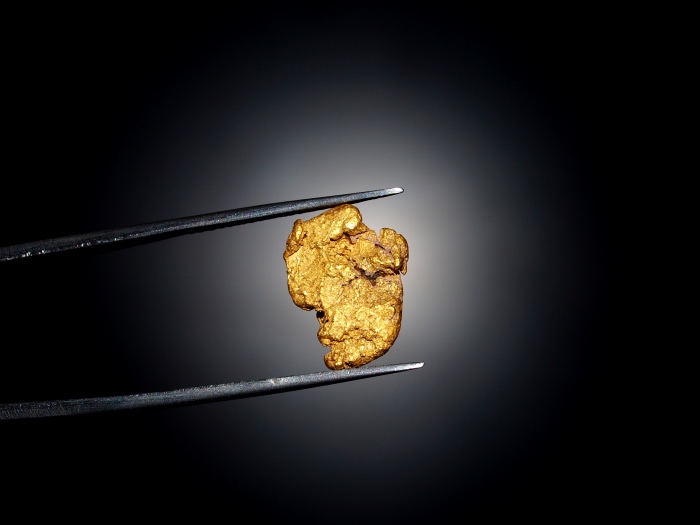
Few places on earth derive their names from a commodity that made them famous. Goldville in Tallapoosa County, Alabama is one such town. While there are pointed certainties in life like death and taxes, one certainty for the early prospectors was that there was gold to be found in Northern Alabama.
The name Goldville was coined in 1842 by the miners who discovered gold in the many veins located in the north-central part of the county. Using crude tools such as picks, shovels, and pans they descended on the area in their thousands – creating a community that at some point became one of the largest in Alabama.
The Rise and Fall of Goldville
The discovery of gold created a sensation and rapid growth of the town with lodges, stores, and other mining support services popping up. This culminated in the granting of the town’s charter of incorporation on January 25, 1843.
Initially, gold nuggets were found in local creeks through dredging and panning, but soon it was evident that the jackpots lay in digging up pits and tunnels to find what was hidden in the metamorphic rock.
The rush for gold and other minerals continued for the next six years before Goldville was robbed of the limelight by the 1849 California Gold Rush. By that time more than 200 gold mines were active in the town.
The growth and decline of Goldville are largely attributed to the mining activities of early prospectors. The slightest hint of another fresh discovery was enough for them to pack and head west to California. Not that we can blame them, as the gold strike at Goldville was nowhere near as extensive as those that were eventually found out West.
When most of the mines closed down, other activities such as agriculture picked up albeit slowly, leaving the town dormant for almost a century. It was the July 1973 reincorporation of Goldville that finally did justice to this once famous town. However, it remains forlorn with less than three dozen residents, according to the recent census.
The glory brought to this town by those early pioneers is proudly embossed on a monument that stands tall at the intersection of Bluff Springs Road and Goldville Cut-Off Road, right where they meet the AL-49.

Goldville Mining District
Located about six miles northeast of present-day Alexander City, this district lies north of Tallapoosa River and east of Hillabee Creek. It extends from Duncan in a north-easterly direction for about 14 miles.
Although some “free gold” (that had accumulated due to long-term weathering) was obtained across the district, the back-breaking work done by early miners is evident by the pits and shafts that abound in the district.
Creeks
The following creeks within Goldville Mining District flow around numerous mines that were highly productive in their heydays.
Mines
Notable mines in the district included:
Goldville Snippets
Birdsong Pits (which used slave labor) was the first mine in the district and was owned by Edward Birdsong.
Numerous mines lie in the proximity of Hillabee Creek, making it fertile ground for prospectors.
In its lifetime, the Log Pits Mine was (with gold as the primary commodity and considerable silver deposits) among the richest operations in Goldville.
The Dutch Bend / Ulrich Pits / Romanoff Mine was born out of an accidental discovery of gold by a German native known as Dr. Ulrich. He had purchased more than a thousand acres of land along Hillabee Creek to establish vineyards for his wine business. After building his home, he needed a wine cellar built underground. As he dug a tunnel into a nearby hill, he stumbled upon a rich vein of gold ore.
When he found a sizable network of gold veins nearby, he decided to build a mill near the Creek for processing the ore in large quantities. The name Dutch Bend was a reference to Dr. Ulrich (the locals thought he was Dutch) and the location of his place – which was on a sharp bend of Hillabee Creek.
